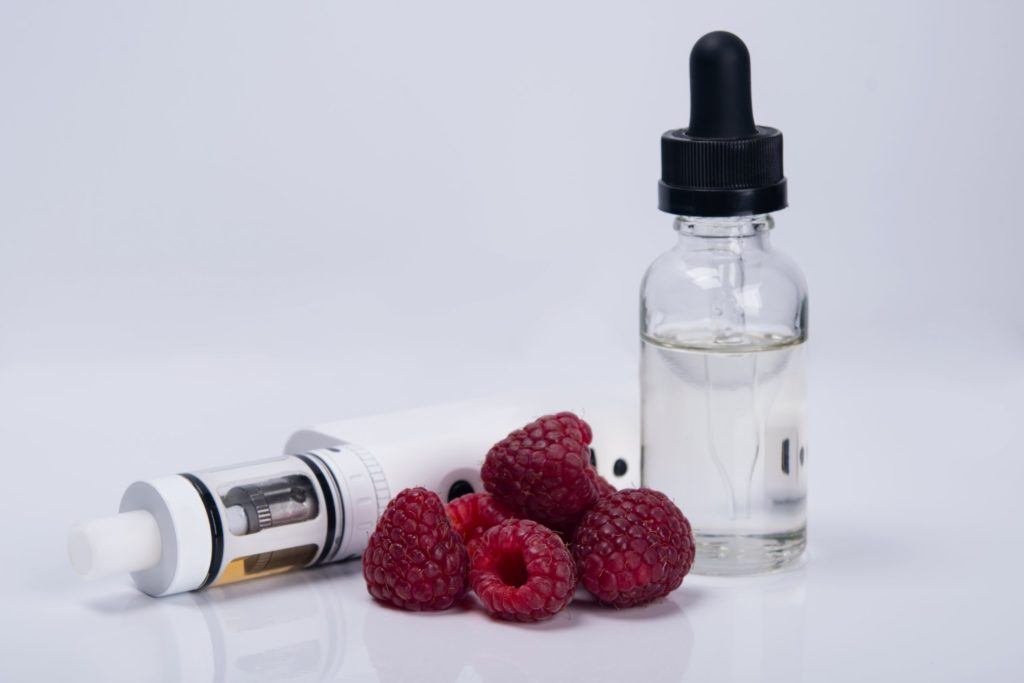Fear-based messaging doesn’t stop drug use. But it does make things worse
It “rots” flesh. It “tears” bone. It will turn you into a “zombie.” According to Senate Majority Leader Chuck Schumer and his colleagues, these are some of the reasons we should fear and criminalize xylazine, a veterinary sedative and painkiller that is increasingly found in drugs purchased on the U.S. illicit market.
This hyperbolic, oversimplified, and fearmongering rhetoric is not new. Those of us who grew up in the ’80s and ’90s may remember commercials that compared our brains “on drugs” to fried eggs, or perhaps attended Drug Abuse Resistance Education (also known as D.A.R.E.). These are just a few examples of the many fear-based drug narratives over the years that have suggested that any and all drug consumption leads to addiction, violence and, often, the user’s transformation into some sort of beast.
But the research is clear: Fear is simply not that good at preventing drug use.
Take the scare tactics around methamphetamine use, which have been some of the most thoroughly studied. In 2005, the Montana Meth Project launched a multimedia blitz of grotesque ads featuring emaciated, thieving, unhinged youth whose bodies were marred by lesions and mouths were full of crumbling teeth. In its first two years, from 2005 to 2007, the organization spent $25 million on its Not Even Once campaign, which included “45,000 television ads, 35,000 radio ads, 10,000 print impressions, and 1,000 billboards statewide” and became a model for other states including Arizona, Colorado and Idaho. Nonetheless, several studies have found that the effort did little to reduce or prevent use; in fact, Not Even Once may have even piqued young people’s curiosity about methamphetamine and increased the drug’s acceptability.
Fear-based messaging can also harm people who use drugs by driving “moral panic” and widespread social stigma, and by scapegoating drugs for problems that are often attributable to social and economic oppression. These consequences in turn hinder access to treatment and harm reduction services, shape prohibitionist policy, and exacerbate the consequences of criminalization, making drug use and substance use disorders more dangerous.
When it comes to xylazine, the biggest problem with the current fearmongering is that it is likely to undermine trust at a time when trust is essential: The market is toxic and constantly changing, giving people who use drugs little control or knowledge regarding what is in their supply. Though xylazine is not a completely novel adulterant in the illicit drug supply, experts attribute its growing presence to relatively easy access and the fact that it extends the high and staves off withdrawals associated with short-lived fentanyl.
We know from past drug scares that the extreme and fear-based claims that dominate the messaging tend to be, at best, gross exaggerations and misrepresentations of reality. For example, chronic, long-term methamphetamine use is often associated with an increase in dental disease, which may manifest as tooth loss or the need for extractions. Yet research indicates this is due to poor dental hygiene (likely connected to haphazard sleep habits, and the associated lack of a bedtime or waking routine), higher-than-average intake of sugary beverages and poor access to dental care rather than an inherent function of the drug itself.
In a similar vein, the media spent years claiming that in-utero exposure to crack cocaine caused children to have severe mental, psychological, and physical disabilities. However, studies later revealed that poverty — not crack — drove these harms. In addition, despite panicked rhetoric that all drug use leads to addiction, the majority of people who use drugs do so without a devolution into problematic use or a substance use disorder.
Studies reveal that these discrepancies between frightening images and reality can lead people to underestimate a drug’s actual risks. And this is a problem, because most drugs, legal or not, can harm our health in some way, especially if used in excess. Indeed, Schumer’s claims about xylazine are based on kernels of truth: The drug does increase overdose risk and the likelihood and severity of skin wounds, especially for people who take it unknowingly.
But we still have a lot to learn in order to help people stay safe, alive, and as healthy as possible. And research tells us that honest education along with concrete skills and tools can encourage people to make safer, health-protective decisions about whether and how they consume drugs — as well as which ones. Keeping things real about xylazine means harm reductionists can provide people with resources to mitigate many of the drug’s potential risks: For example, though naloxone may not work on xylazine, it should still be administered in a xylazine-involved overdose since opioids are likely to be present.
Amid today’s toxic supply, people who use illicit drugs in any capacity are already navigating uncertainty and increased risk for serious health consequences such as overdose. As such, the media and people in positions of power should be talking about xylazine and other substances that make their way into the supply. But if they want to save lives, they need to change their tone.









